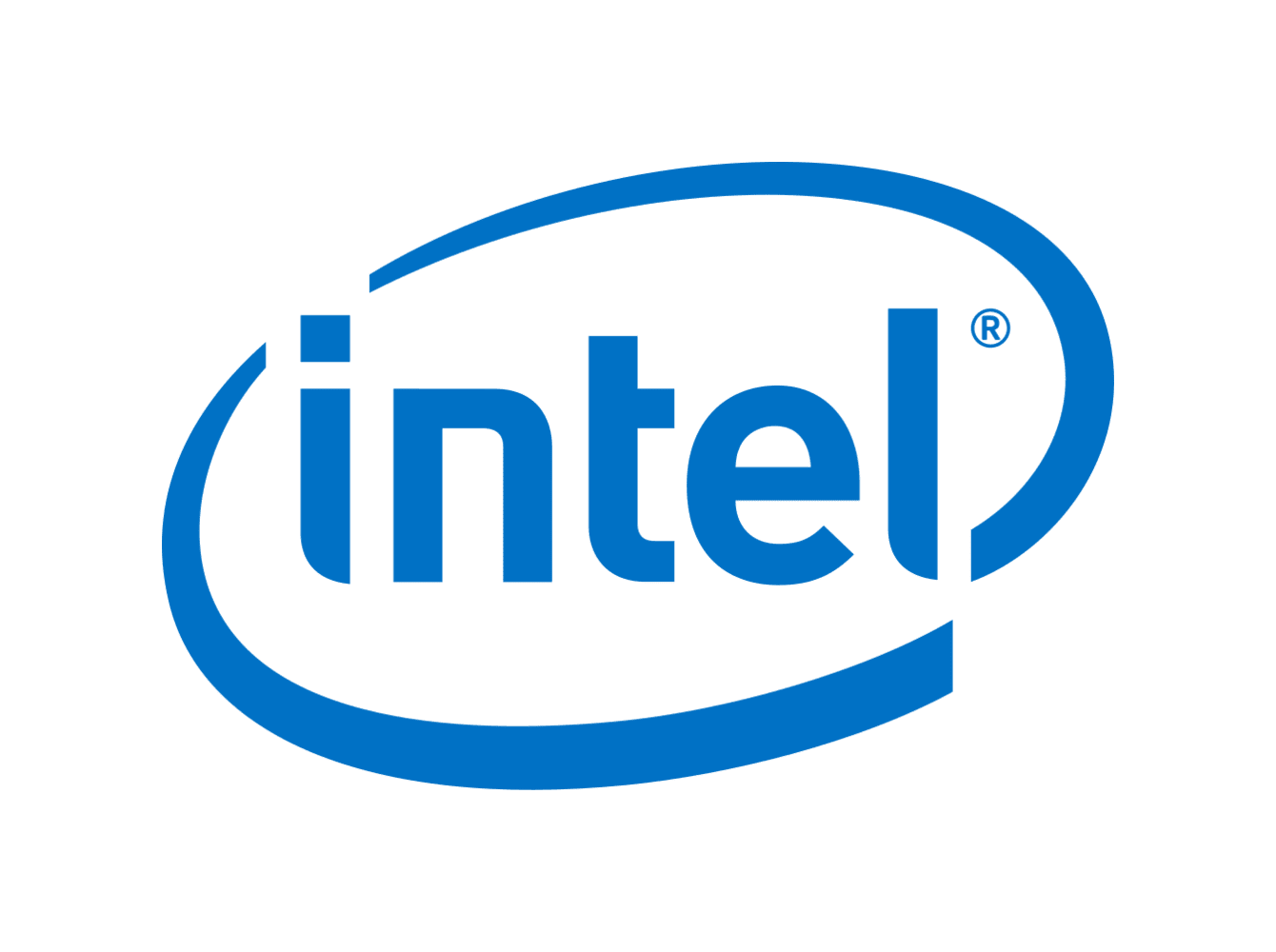

I don’t know of any Intel nodes called “5nm”, but Intel 4 based client chips are launching in laptops on Dec. 14th, and 20A based desktop chips are launching sometime next year, likely in the typical October - November timeframe Intel usually launches desktop chips.
It totally depends on what chips are outsourced. Intel has been a TSMC customer for many years.
Intel 4 and Intel 20A are not library complete nodes - they’re optimized specifically for x86 compute tiles. Intel 3 and 18A are the refined, library complete versions of these nodes.
Lunar Lake combines NPU, iGPU, and Compute on a single tile, so Intel 4 and 20A are not viable nodes. Arrow Lake has Compute on its own tile, so it’s using 20A. Lunar Lake either be delayed 6 - 9 months and wait for 18A, or it can launch on TSMC N3. N3 was likely a better choice than Intel 3 - either due to capacity constraints (Granite Rapids and Sierra Forest will be launching on Intel 3 in the same year), or it could be due to performance (N3 could just be better suited for GPU - or it would be too costly to try to and port the Arc iGPU to Intel 3 just for Lunar Lake).
Intel’s business structure has changed. Their nodes and design teams aren’t working tightly together anymore like in the past, where Intel nodes were highly optimized to work with their own designs, and their designs were not portable to other foundries: Intel Fab designs standardized nodes now that compete for customers, and Intel design has more flexibility in which fabs they choose for their now-portable designs. (One recent change is that Intel design teams has to pay for foundry steppings from their own budget, rather than Foundry eating the cost)